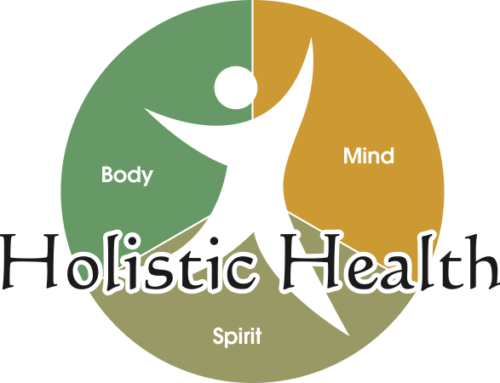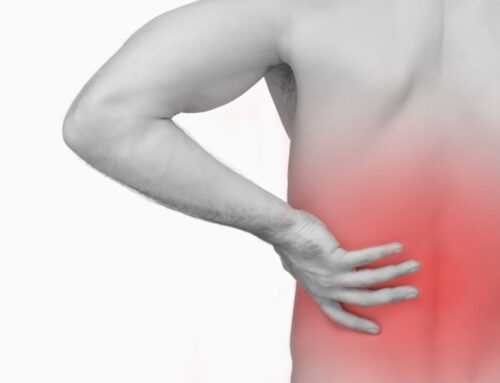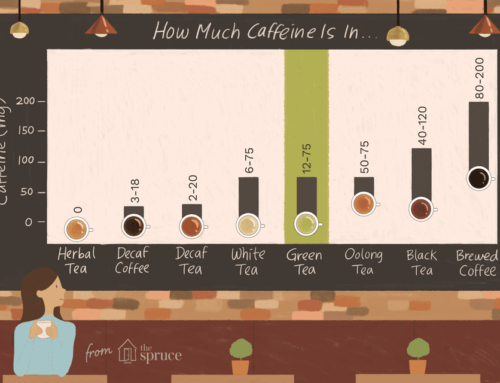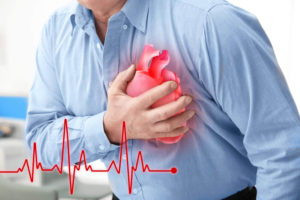 Signs of heart attack
Signs of heart attack
Tightness in the chest is the main symptom experienced in a heart attack among male or female. This pain and discomfort can transition to between the shoulder blades, into the neck and left arm. A person may feel light headed, nauseated or break out in a cold sweat. These are common signs you or a loved one is having a heart attack.
What to do
1. When you or a loved one is having a heart attack you should call 911 ASAP. 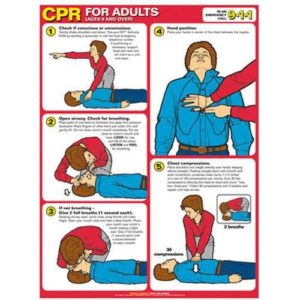
2. If you are with a loved one who is having the above symptoms and goes into cardiac arrest and lose consciousness you should perform CPR. But how?!
- Perform chest compressions at a rate of 120 compressions per minute (to the beat of “Staying Alive” chorus). After 30 compressions, tilt their head back slightly and use two breaths to perform mouth to mouth. Repeat until help comes.
- If you do not know the person or are uncomfortable with your ability to perform CPR, just perform 100-120 chest compression every minute at the center of their chest. This will help keep the blood circulating to keep organs performing versus shutting down.
- If no action is performed it only takes 8-10 minutes before it’s too late.
What if I’m alone and am experiencing symptoms?
If you are alone and feel the above symptoms occur call 911 right away. You may have little time before you fall into cardiac arrest. In this time, one should perform “self CPR.” This means take deep breaths followed by a forceful cough repetitively until help arrives. By taking deep breaths, you allow oxygen to enter your system. The cough acts as the contraction/compression to your heart, allowing the oxygenated blood to reach your organs. This can help assist the heart back into a normalized rhythm and increase the amount of time before reaching cardiac arrest. By initiating this step you can increase your chances of surviving.
What are risk factors for having a heart attack? What can I do?
- High Cholesterol – Reduce saturated and trans fat found in red meat, sweets, and butter. Exercise regularly, increase omega 3 found in salmon, walnuts, increase soluble fibers found in oatmeal, kidney beans, apples, and brussel sprouts.
- High blood pressure– Decrease sodium, alcohol and caffeine intake, increase potassium, calcium and magnesium rich foods, and manage stress
- Diabetes – Plant based diet, drink water, decrease sugary drinks, and keep moving
- Smoking- Nicotine replacement therapy, sugar free gum, and avoid triggers
Heart attacks can be scary for the person experiencing it and their loved ones who may witness. You can take an active step in being more prepared to increase your chances in surviving this traumatic event. If you have any concerns or need help managing your risk factors, make an appointment and get help from your health care providers.


